LATEST INSIGHTS
Your Present Location: LATEST INSIGHTSSong Lifang: How China breaks through anti-dumping
On the evening of June 12th, RDCY Seminar Series was held in Chongyang Institute for Financial Studies at Renmin University of China (RDCY). Professor Song Lifang, deputy dean of the “Belt and Road” Economic Research Institute at Renmin University of China (RUC) and professor of the School of Economics of RUC, delivered a speech themed with “foreign anti-dumping against China and China’s coping strategies”, focusing on the basic conditions, product industries, characteristics of this issue and Chinese countermeasures. He pointed out that implementing innovation-driven strategies, producing high-value-added products, and achieving high-quality development are the fundamental ways for responding to the severe challenges of anti-dumping against China.
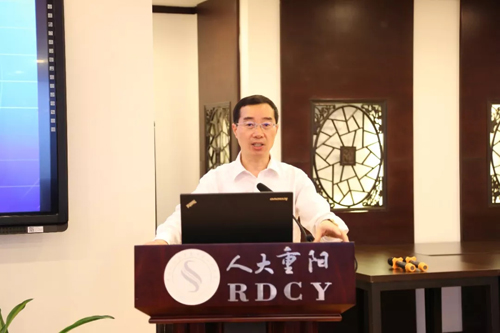
Professor Song said that anti-dumping is the main form of trade frictions in international trade today. Anti-dumping, anti-subsidy, and safeguard measures are the three types of trade remedy measures permitted by the WTO, and WTO depends on these measures to maintain fair competition orders and to resist unfair competitions, because dumping itself is unfair and unreasonable. By dumping and exporting products at a deliberately low price, the industries in the importing countries are being squeezed out. Therefore, the WTO allows importing countries to take anti-dumping measures against this unfair competition method. In addition, there are green barriers, technical barriers, and other non-tariff barriers in trade frictions.
Among the many forms of trade frictions, anti-dumping has the greatest impact on China. The history of Anti-dumping against China is basically synchronized with the reform and opening-up process. From 1995 to 2016, China suffered the largest number of anti-dumping cases each year in the world, and the total amount in the past 22 years was also the highest, reaching 1217; the number of anti-dumping measures was 866. Taking anti-dumping investigations as an example, the overall trend shows a year-by-year growth. It can be predicted that with the continued expansion of China’s foreign trade in the future, the number of anti-dumping cases will not decrease in the short term, but increase continually.
The top five anti-dumping countries and regions against China are India, the United States, the European Union, Argentina, and Brazil/Turkey. Among them, except the United States and the European Union are developed economies, others are developing countries. Since the establishment of the WTO, more and more developing countries have started anti-dumping against China.
The anti-dumping against China shows three main features. First, China is the primary target for suffering anti-dumping, and the success rate or execution rate is relatively high. Second, India is a primary country imposing anti-dumping against China. Third, from the perspective of Chinese exported products, the base metal products represented by steel has suffered from most anti-dumping investigations.
The influence of anti-dumping on China’s trade is not like other trade frictions, which are only targeted at one or a few companies, or some manufacturers in certain industries. It will eventually affect the entire industry, so it is fatal.
Therefore, China should take countermeasures to cope with the anti-dumping from other countries. First, adjusting China`s traditional export trade model and increasing the added value of export products. Second, we must pay attention and respond actively to the anti-dumping measures by developing countries. Third, making efforts to reduce the global anti-dumping success rate against China and reduce the losses caused by anti-dumping. Fourth, we should appropriately strengthen China`s anti-dumping measures against other countries and improve related anti-dumping laws and regulations. Fifth, responding actively to the anti-dumping for steel and safeguarding the safety of China`s steel industry.
Key Words: anti-dumpling; China; India; Song Lifang






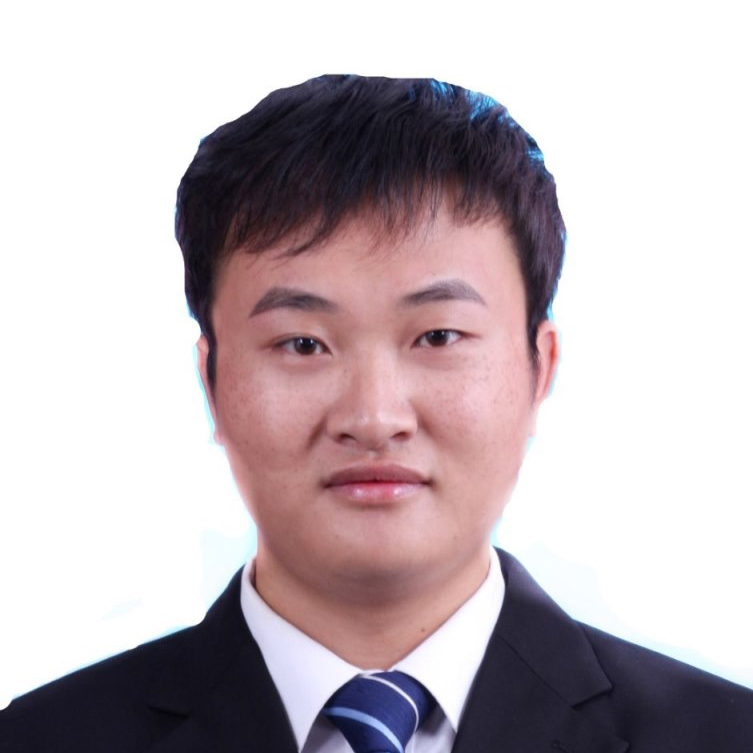


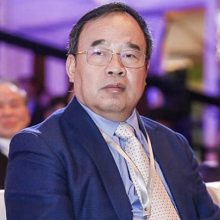


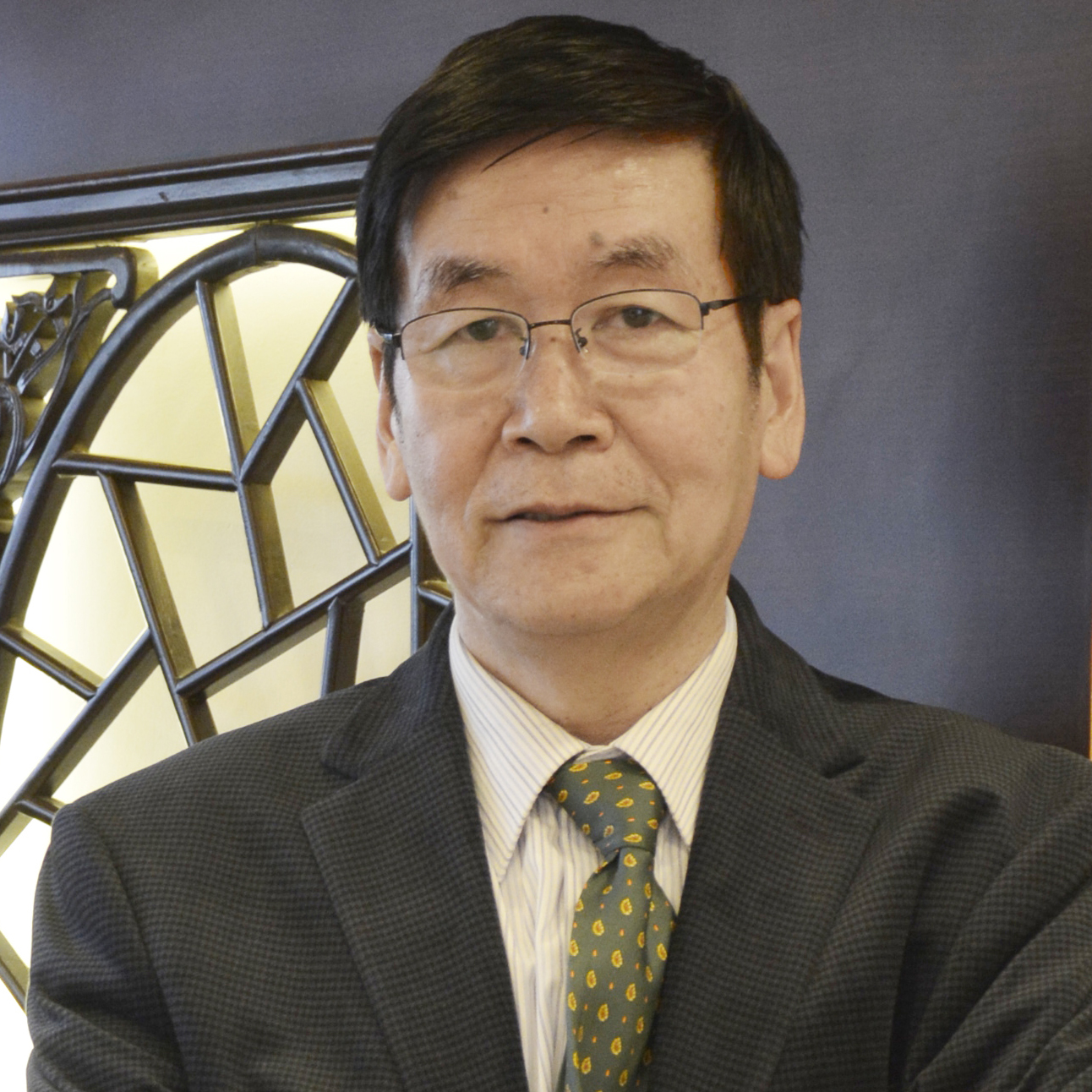
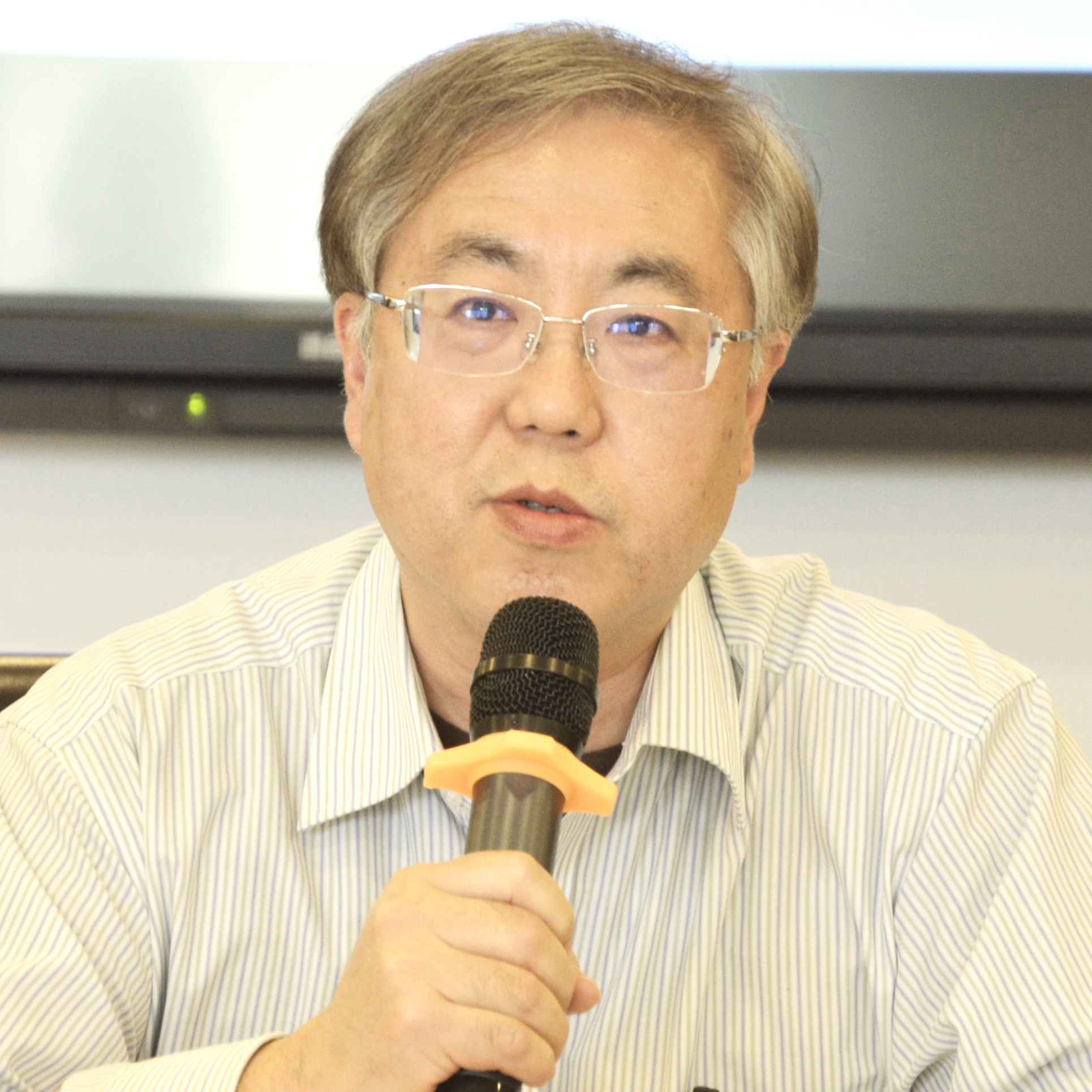

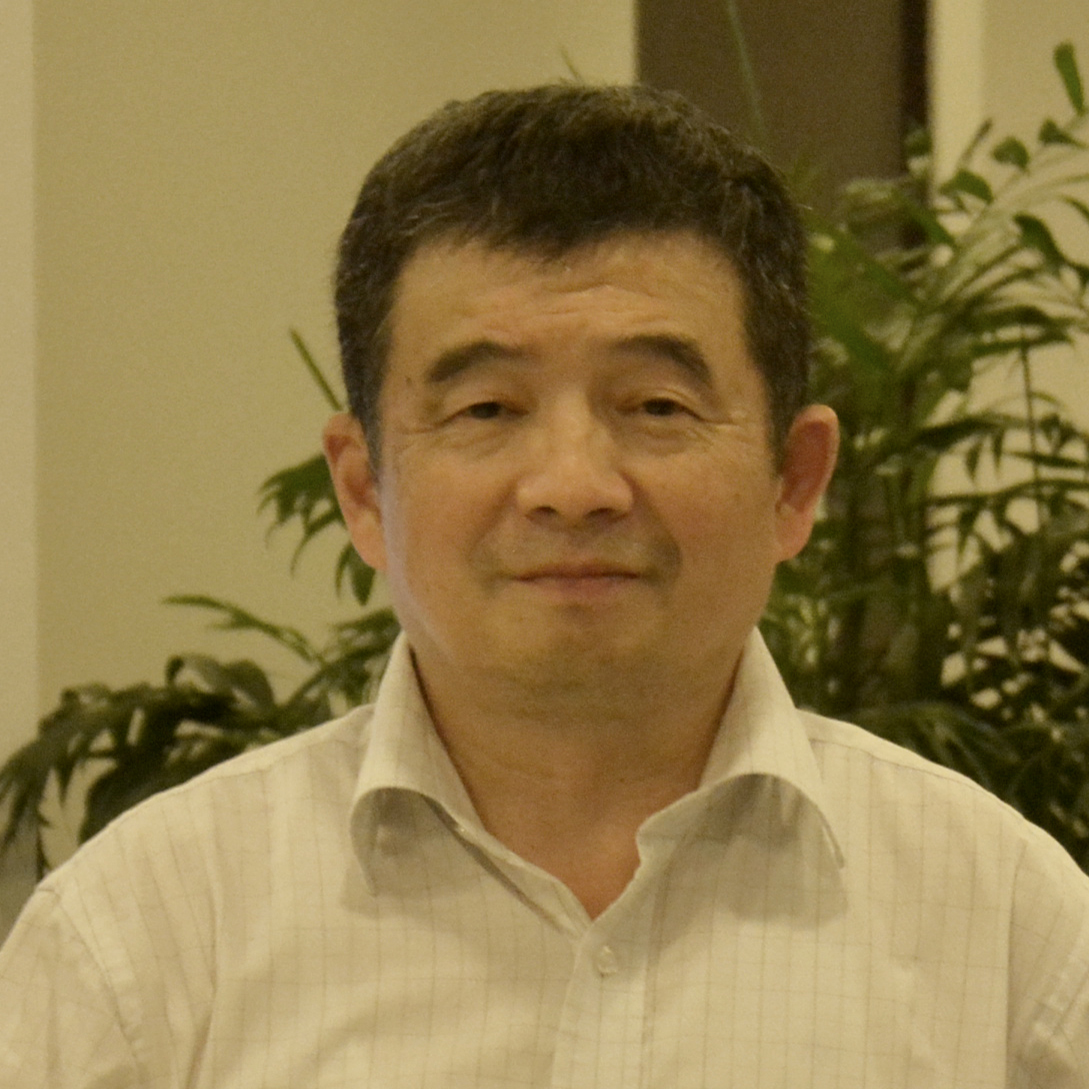


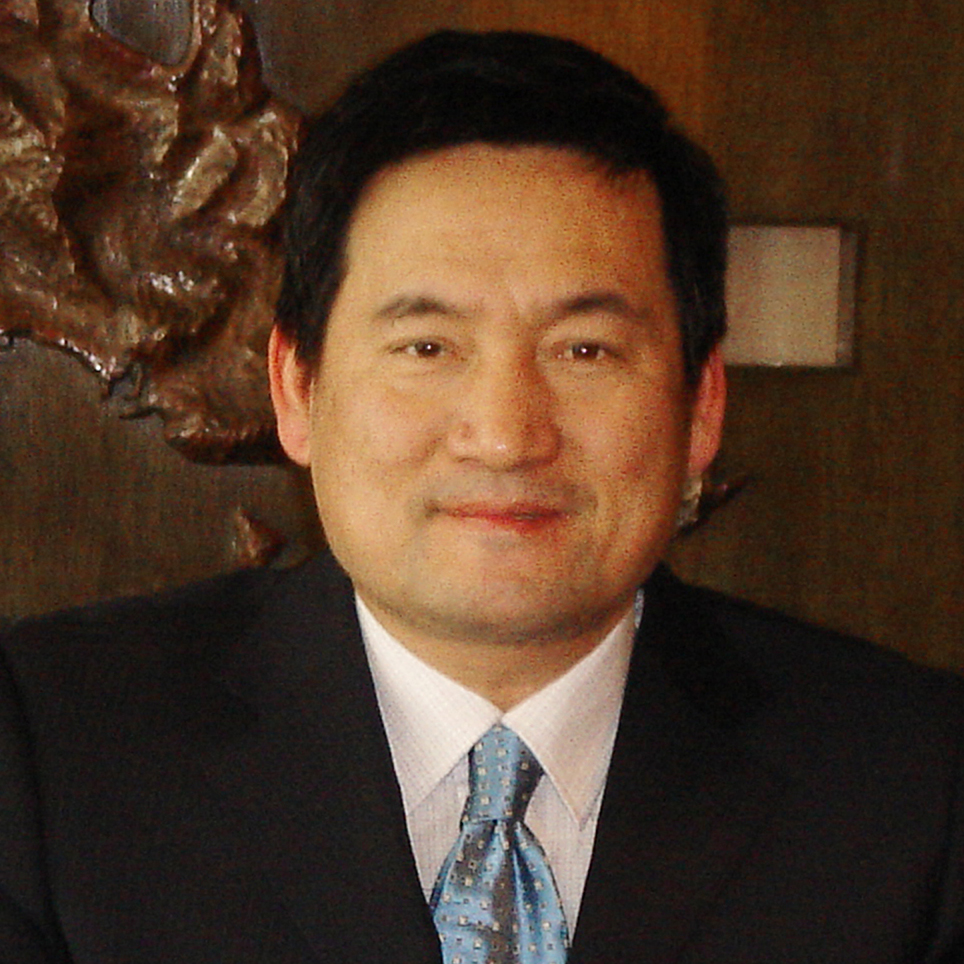






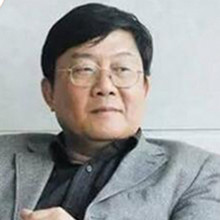

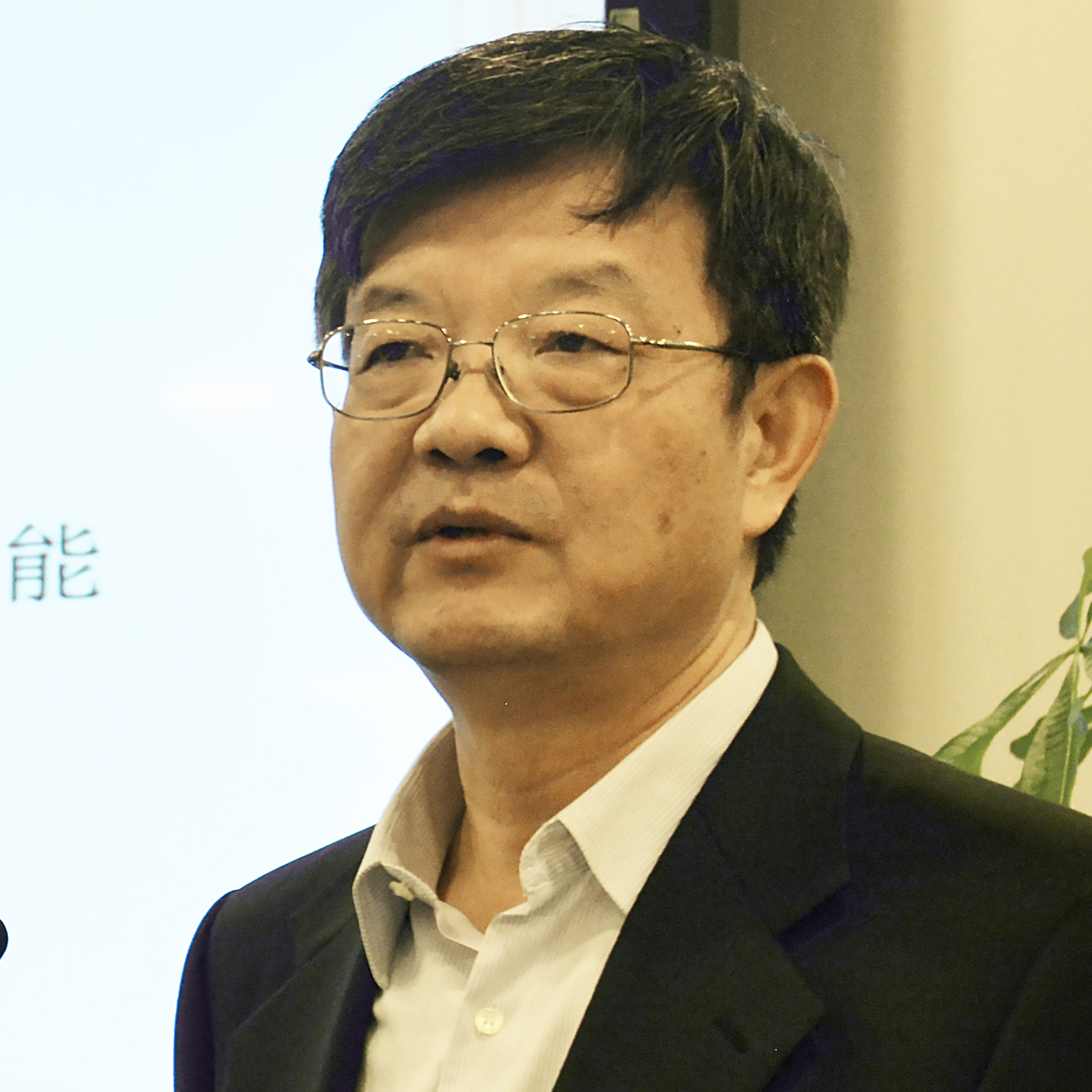
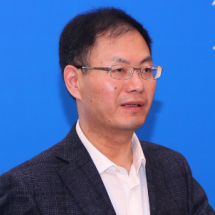



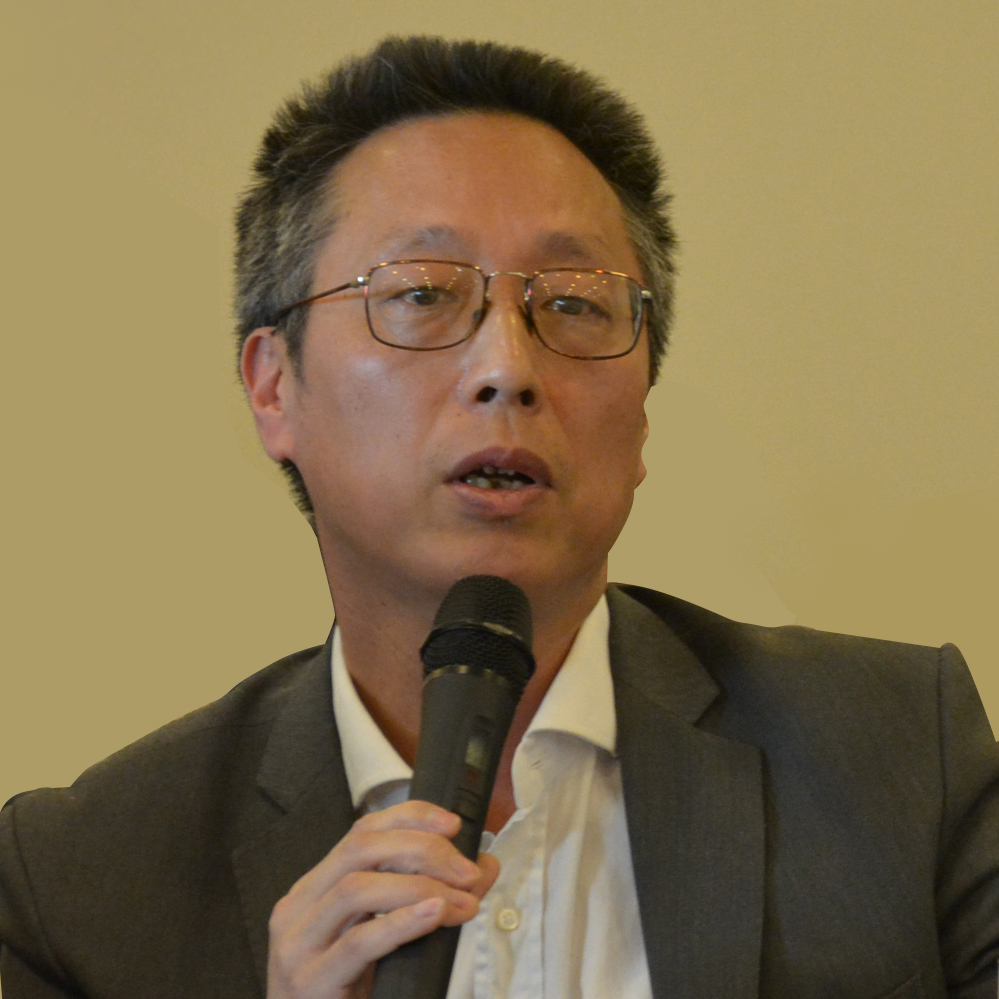
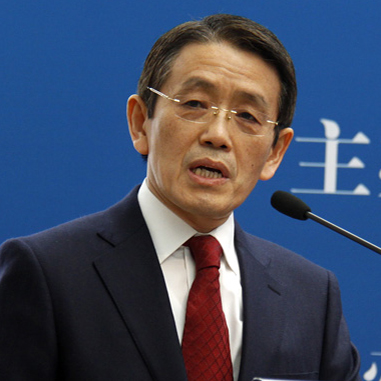

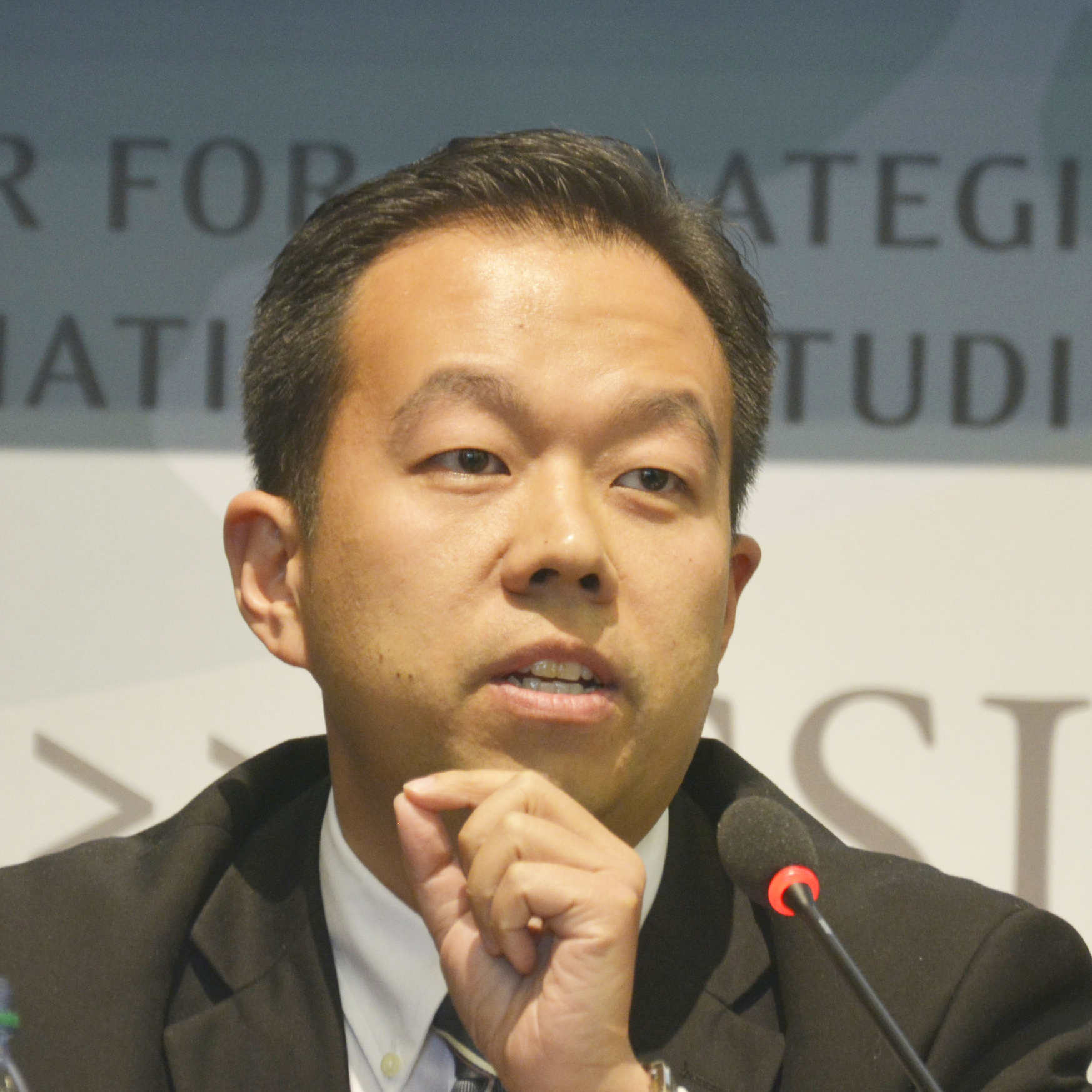
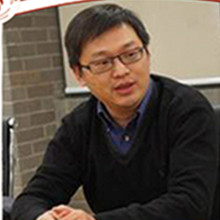
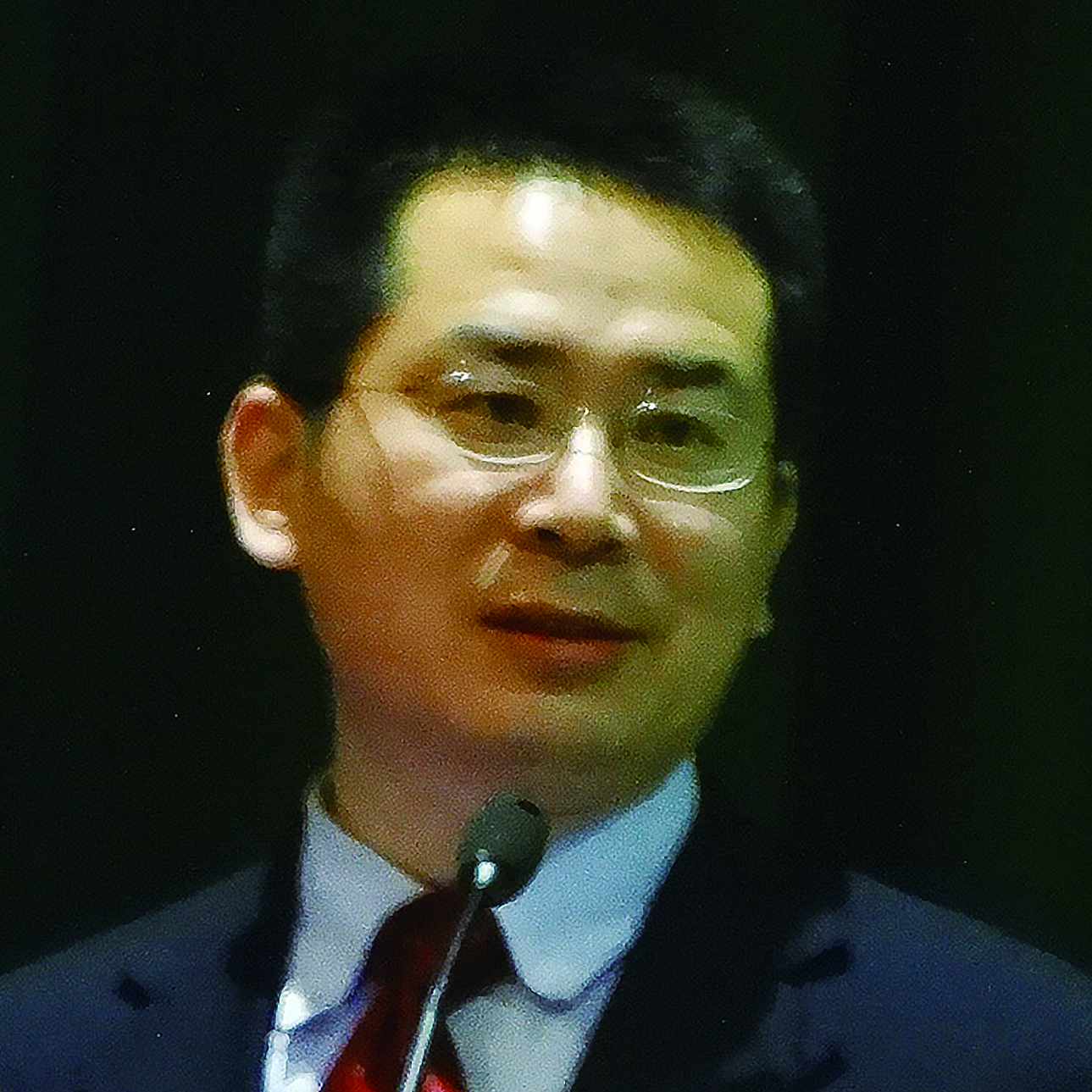
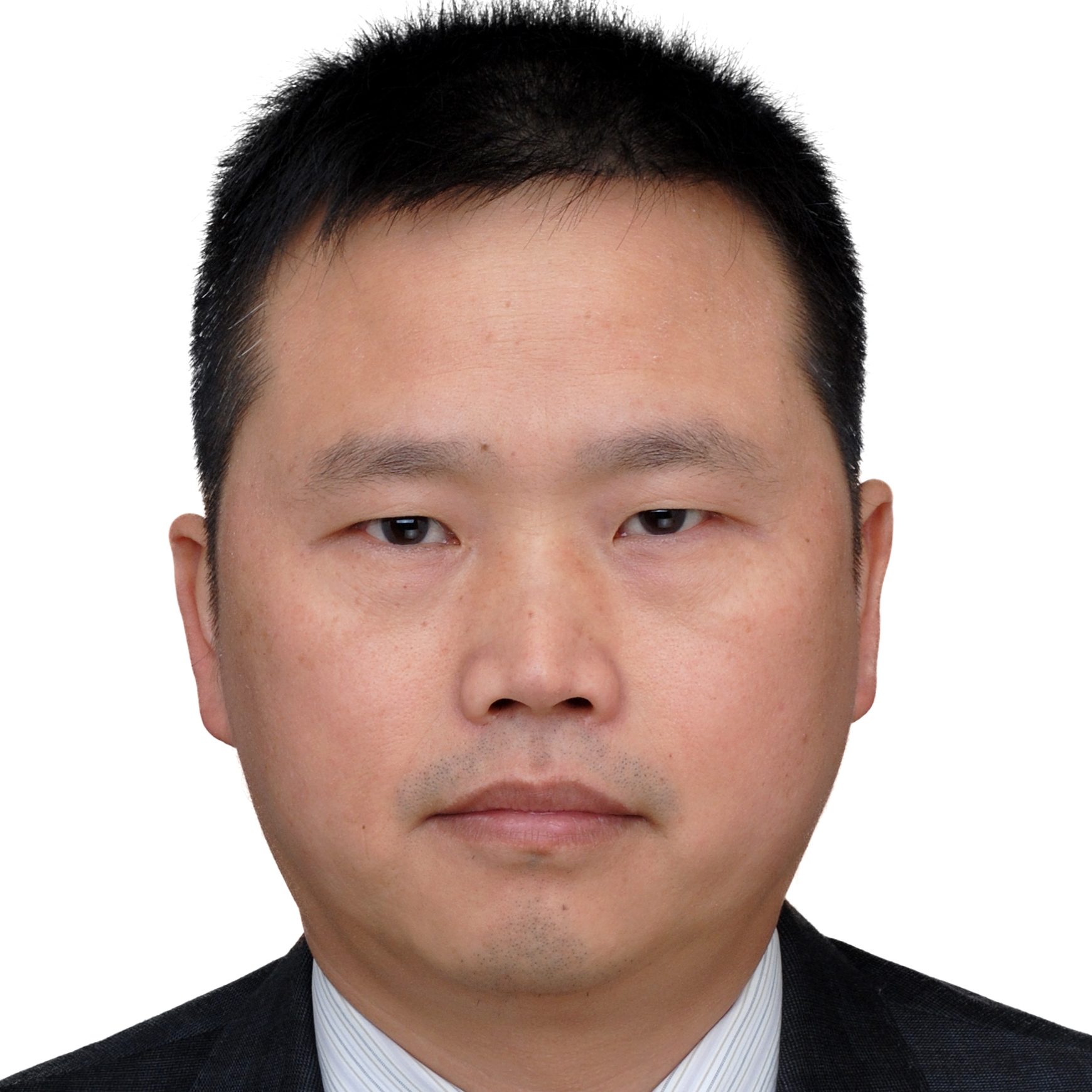

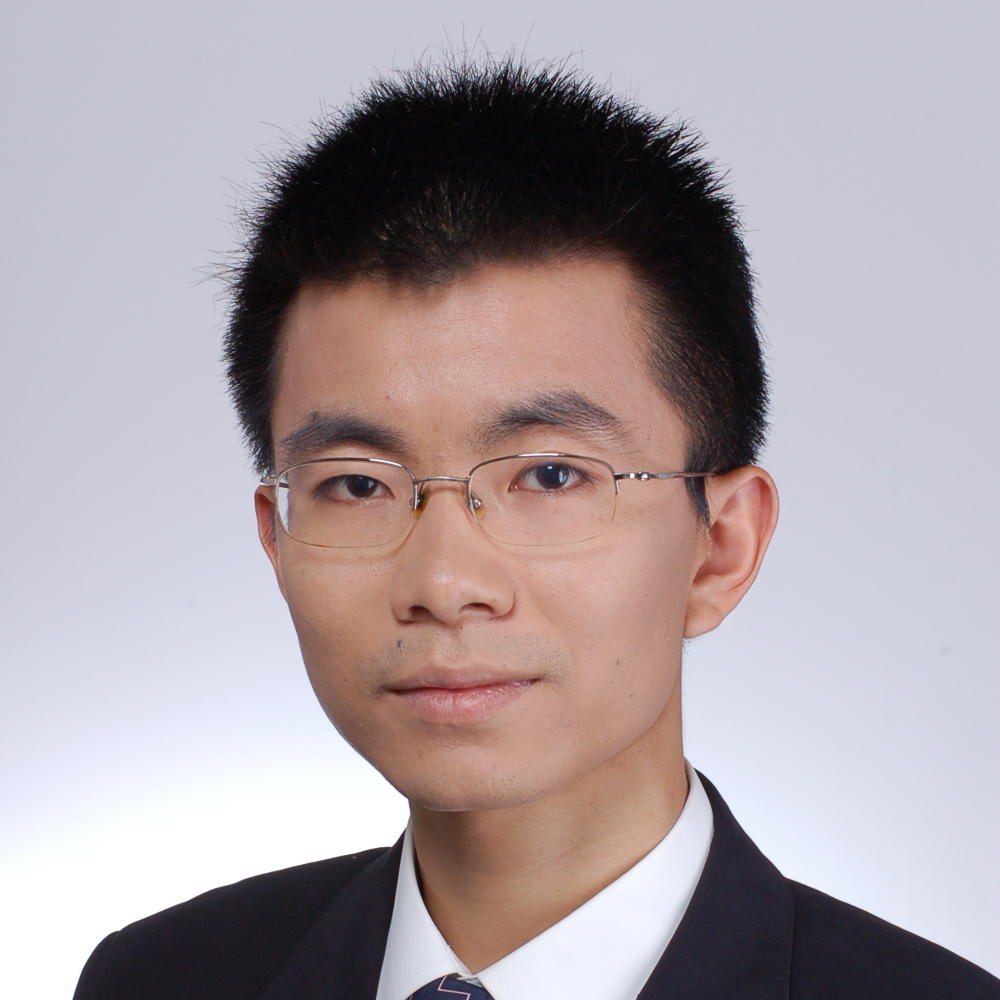
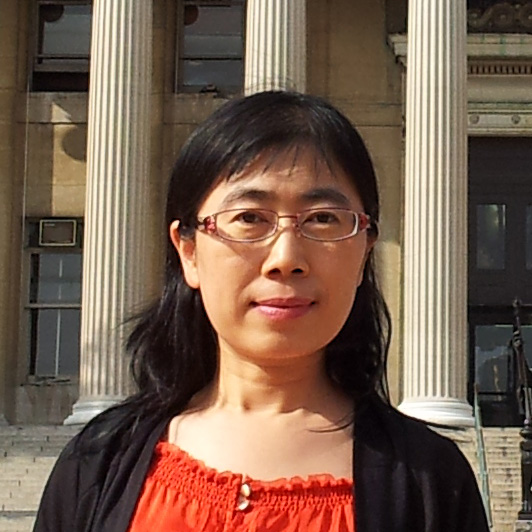
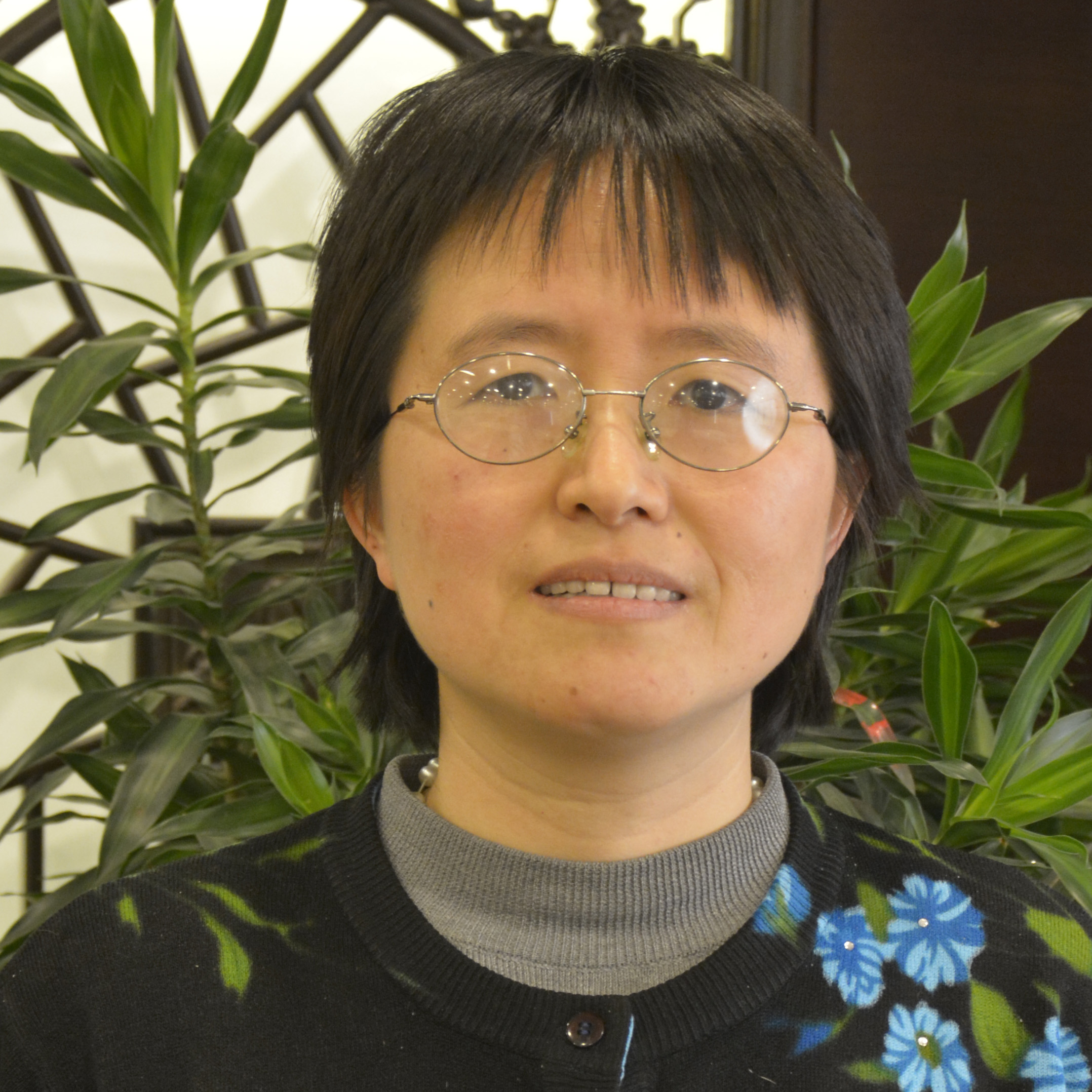



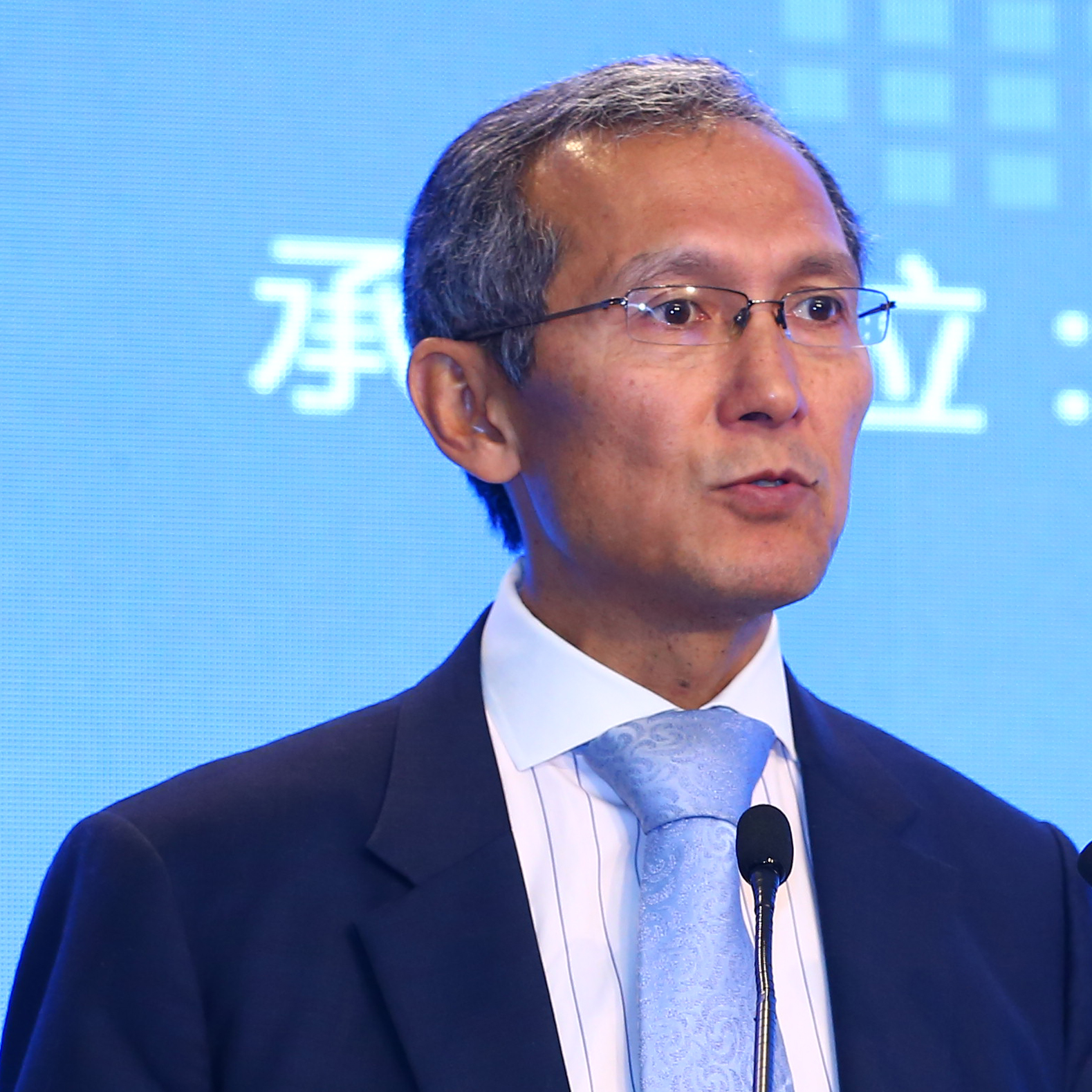




















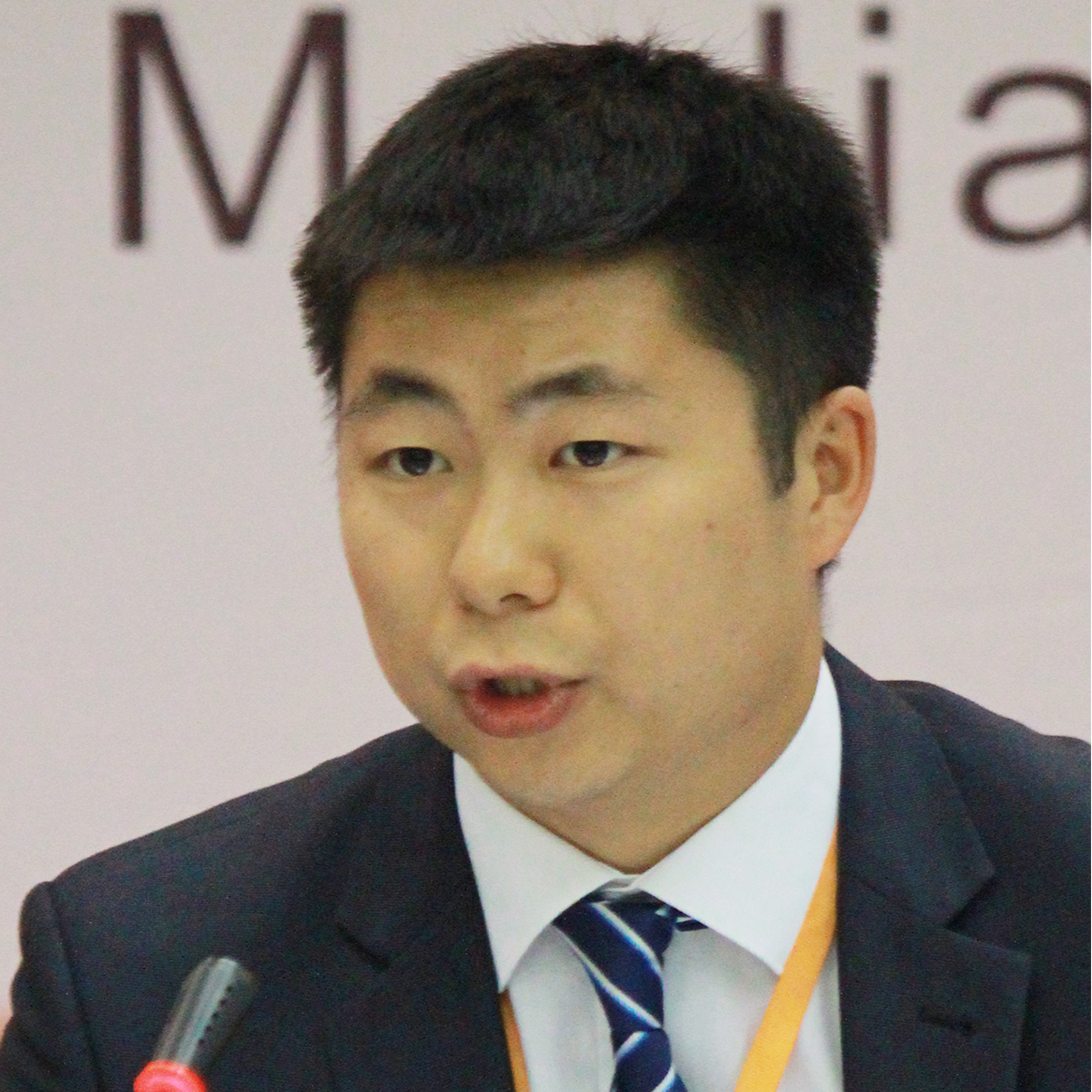

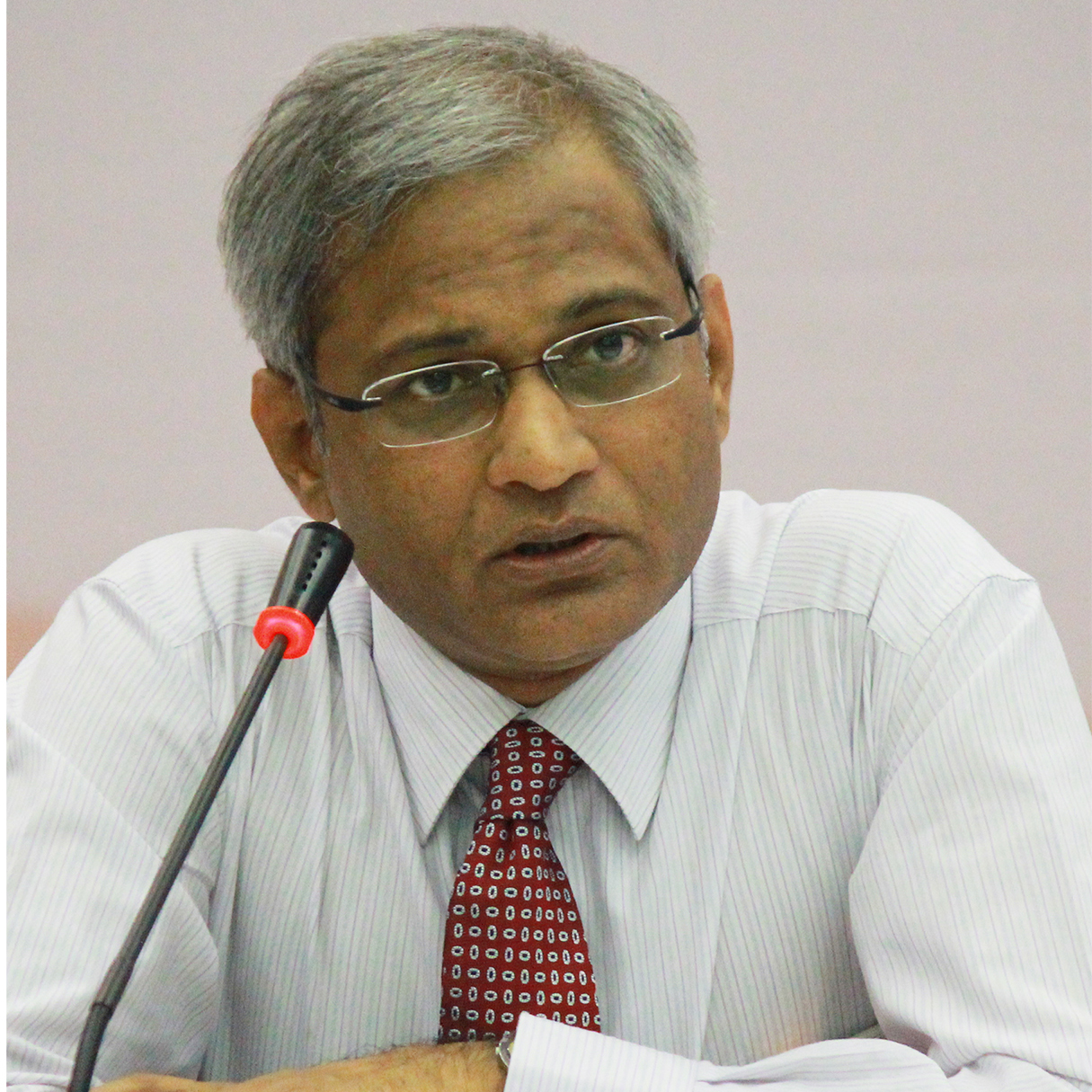






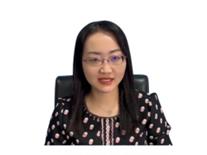









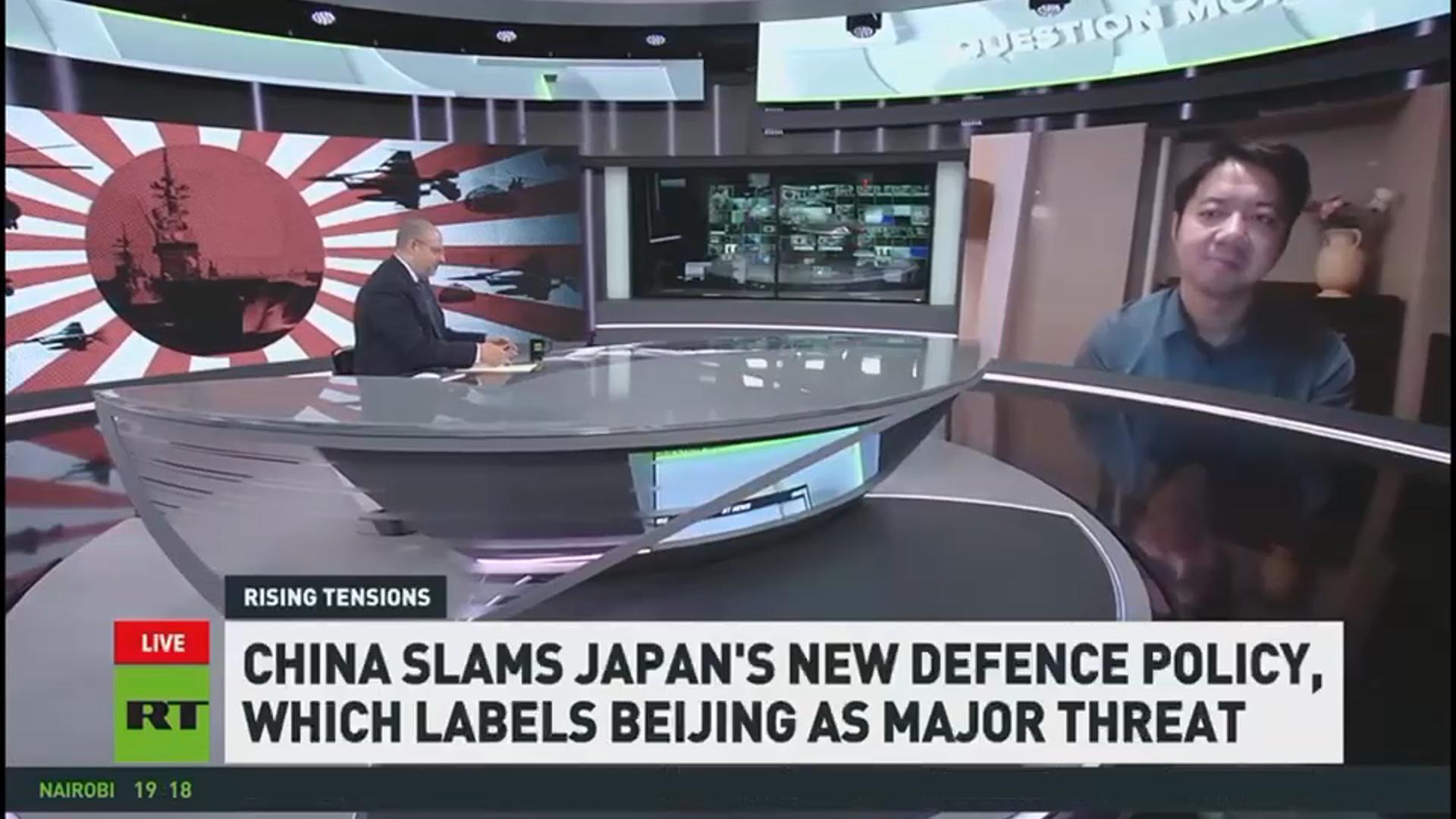
 京公网安备 11010802037854号
京公网安备 11010802037854号





